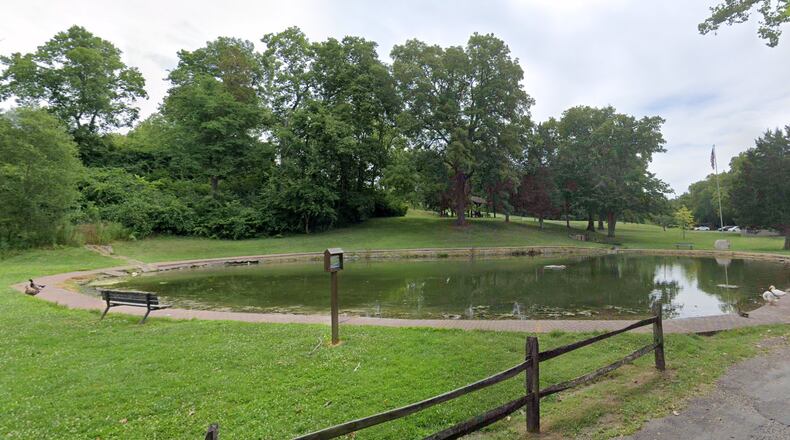City Manager Keith Johnson told city council Tuesday that if the city stopped at that point, “there would actually be a budget surplus of $2.6 million in next year’s budget.”
The 2024 budget includes a nearly $4.2 million transfer from the General Fund to the Park Capital Fund for improvements to the city’s Sycamore Trails Park, a nearly $8.8 million project.
“So overall, we’ll have a General Fund deficit of $1.5 million in 2024, which is not typical,” Assistant City Manager Emily Christian said Friday. “Over the past couple years, city council has authorized additional expenses in Park Capital to achieve their long-standing goals of finishing Riverfront Park and improving Sycamore Trails Park.”
The 2024 budget builds in a 2% increase in revenues over the 2023 General Fund budget and a 4% decrease in expenses from the 2023 budget, Christian said.
Sources for the city’s park-based expenses include the General Fund Reserve, existing Park Capital funds and donations from the Miamisburg Community Foundation, she said. City council and staff are also seeking grants and other outside funding, she said. Sycamore Trails improvements will include the pond area, the basketball court area off Maue Road, and park shelters, among other items.
Other parkland improvements budgeted for 2024 include $2.3 million to complete Riverfront Park improvements by late spring on schedule and under budget, Johnson said. There is also $150,000 budgeted for Sycamore Trails Aquatic Center pool design, he said.
“The first step of that is to have an engineer take a look at it and tell us what we’re looking at,” Johnson said.
Miamisburg said last month that it will not reopen the Aquatic Center for the 2024 swimming season due to issues with the piping infrastructure.
The city has issued a request for pool design, planning and architecture and engineering services to evaluate the costs and feasibility of pipe replacement, as well as timelines, costs and redesign concepts.
Among the city’s typical improvements each years are its annual paving program and sidewalk, curb and gutter program, which are budgeted at $675,000 and $550,000, respectively, this year. But there’s also a new item for 2024: an Exit 44 pedestrian project, which Johnson said will provide enhanced safety for residents who walk at the Ohio 725 interchange.
“There’s a significant DOT (Ohio Department of Transportation) grant to improve that,” he said. “That $300,000 (in the city’s budget) represents our local match.”
Also on the 2024 budget is $2.1 million in improvements to Riverview Avenue, “probably one of the oldest, unimproved residential streets in the city,” Johnson said.
“It’s been in the current condition that it’s in, other than some minor resurfacing, for probably about 80 years,” he said. “We’ve been working extensively with the residents over there to address not only the resurfacing over there, but also ... things like storm water and pedestrian safety.”
That project will be implemented primarily with funding from COVID-19 relief, namely American Rescue Plan Act (ARPA) funding, he said.
Also, for the third budget in a row, Miamisburg has set aside $300,000 for capital maintenance.
“We do that because a lot of our capital items we have, whether or not it’s vehicles, equipment or buildings, are beginning to age and we need to set aside money to take care of that aging infrastructure,” Johnson said.
About the Author

